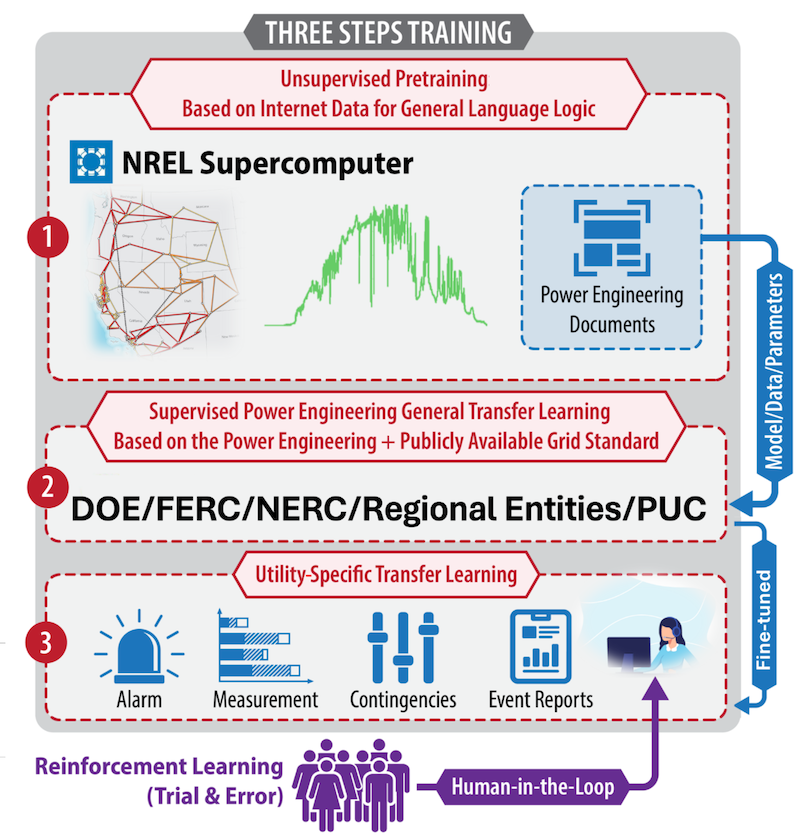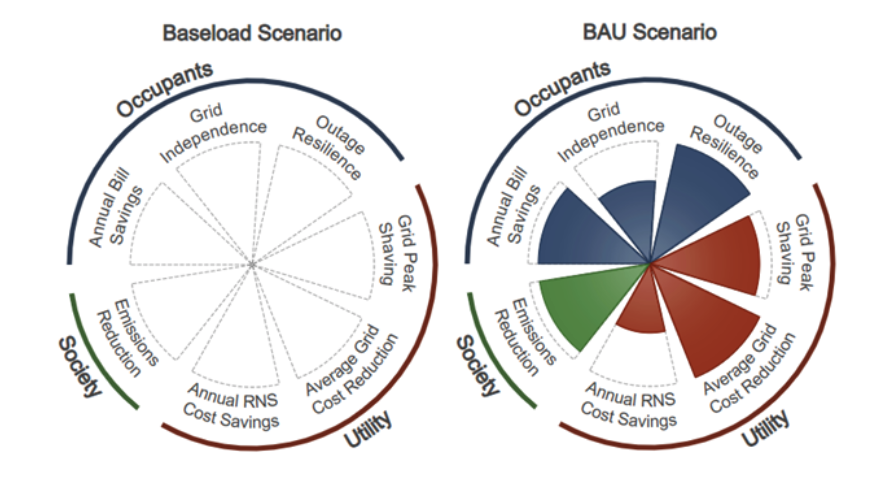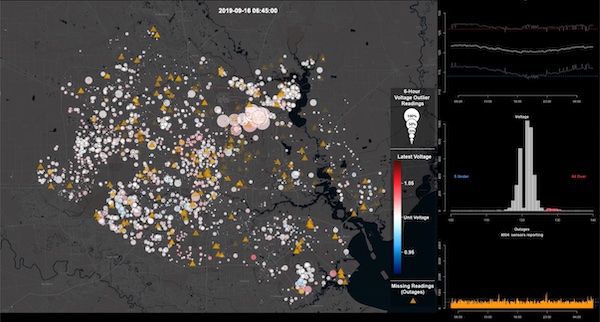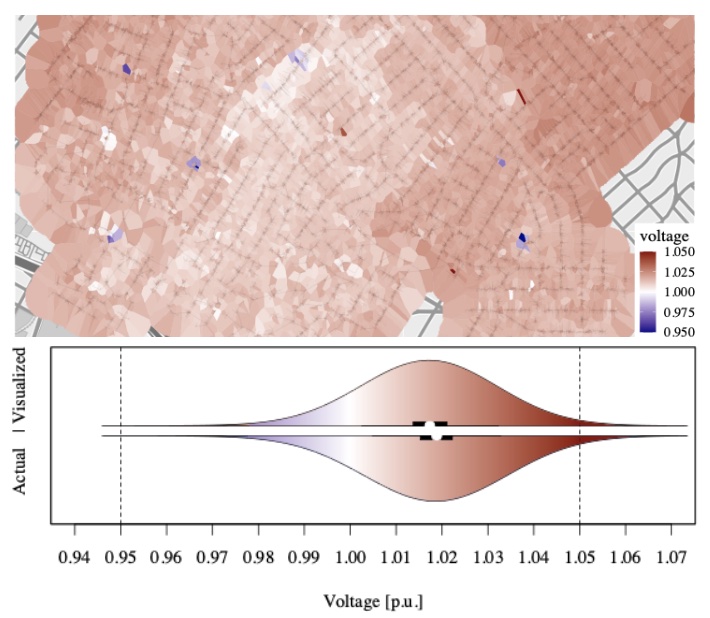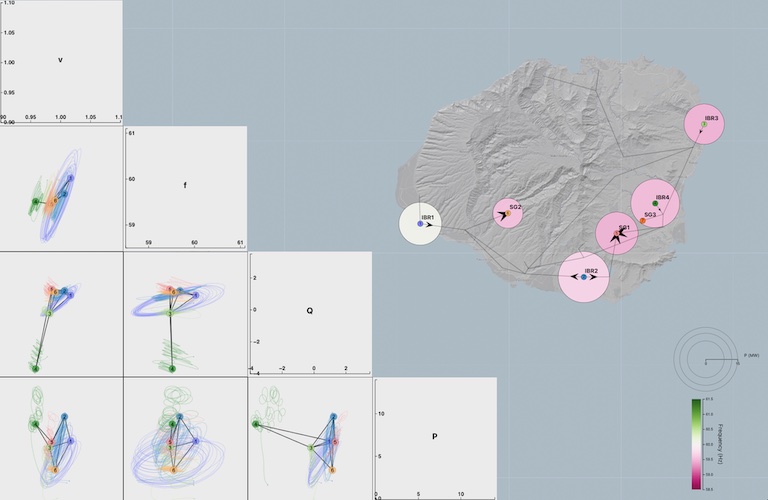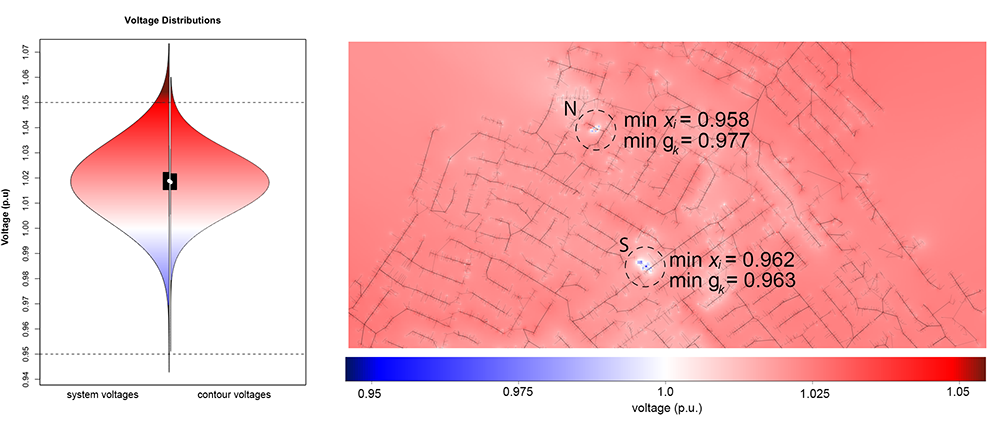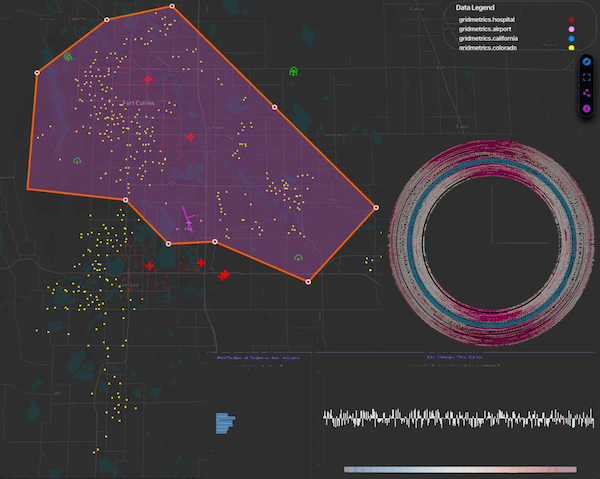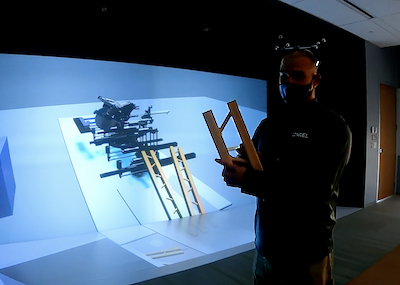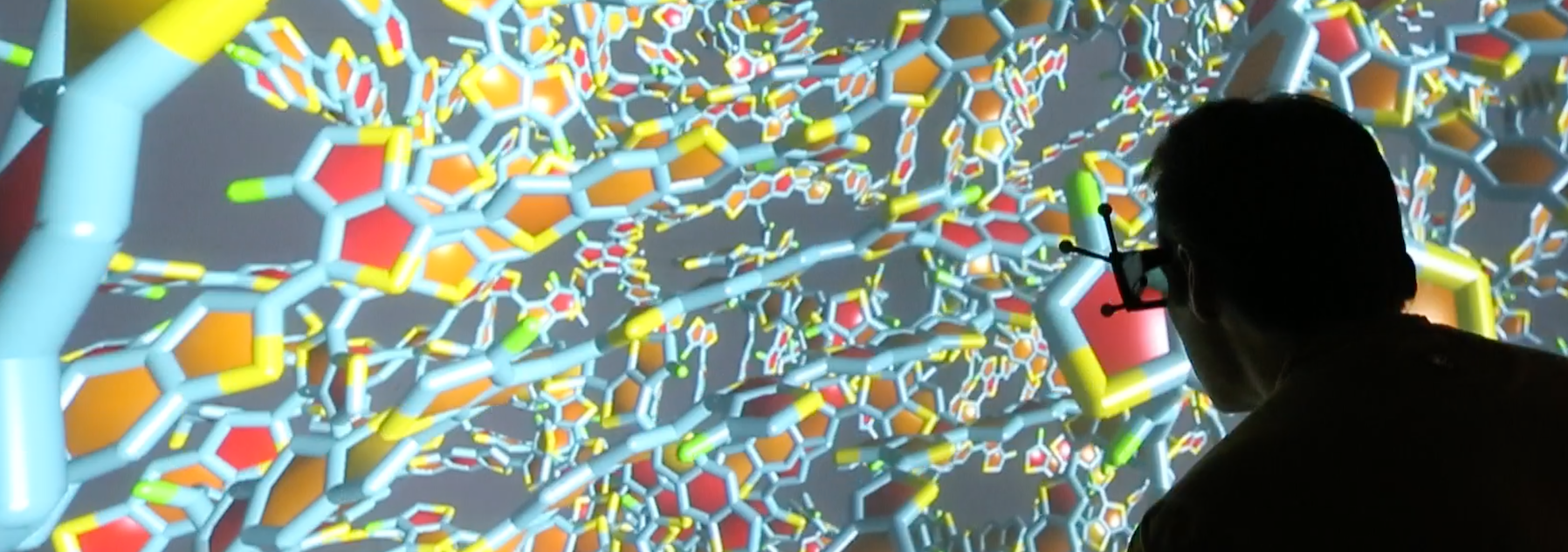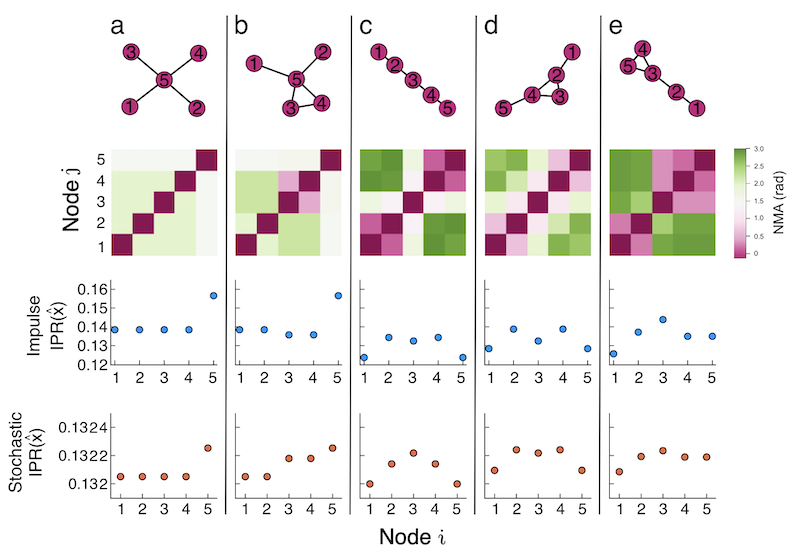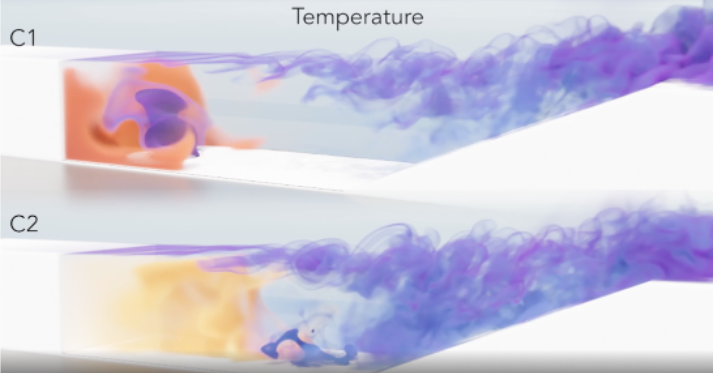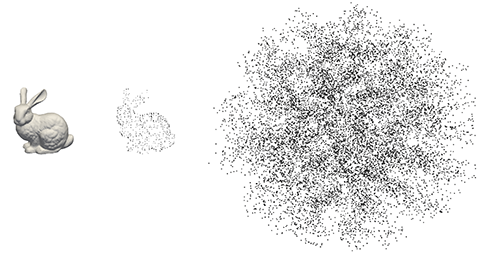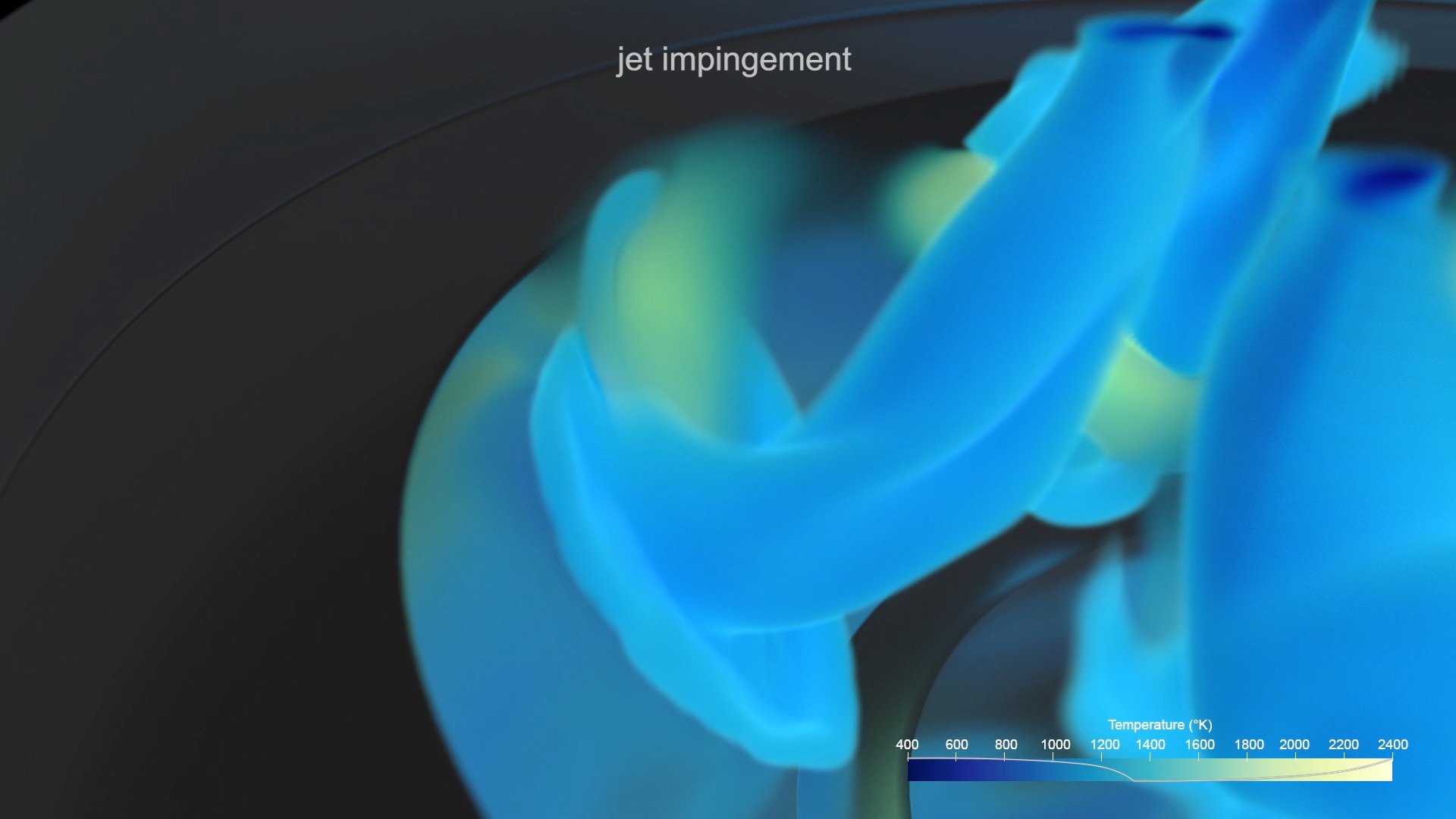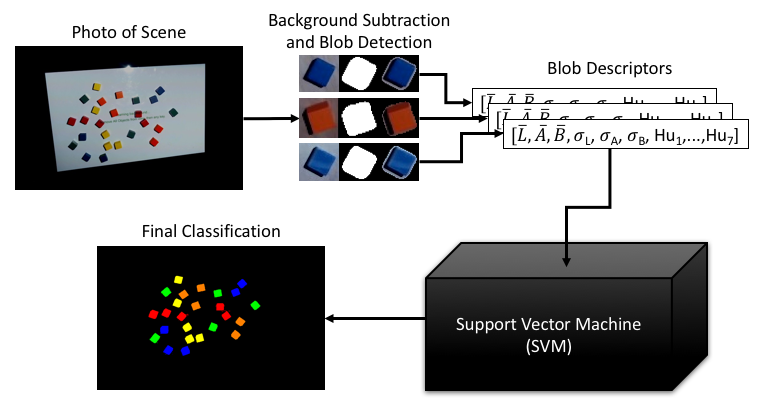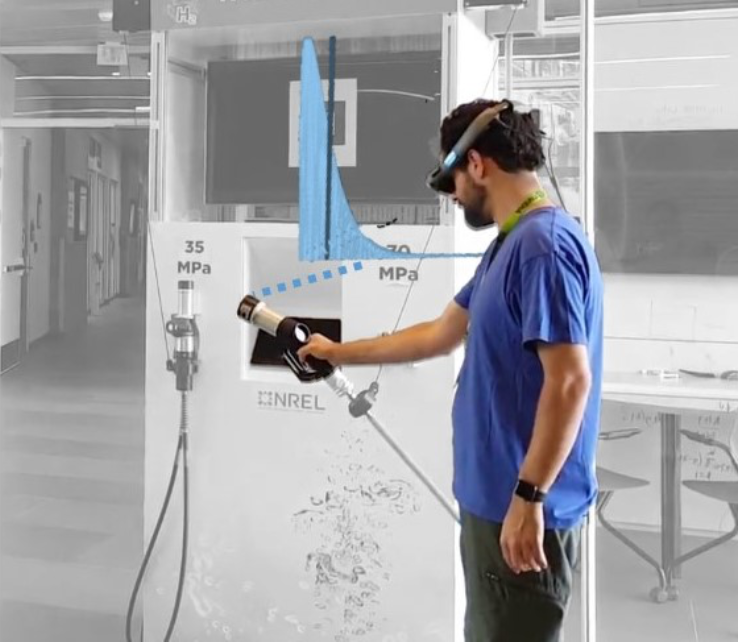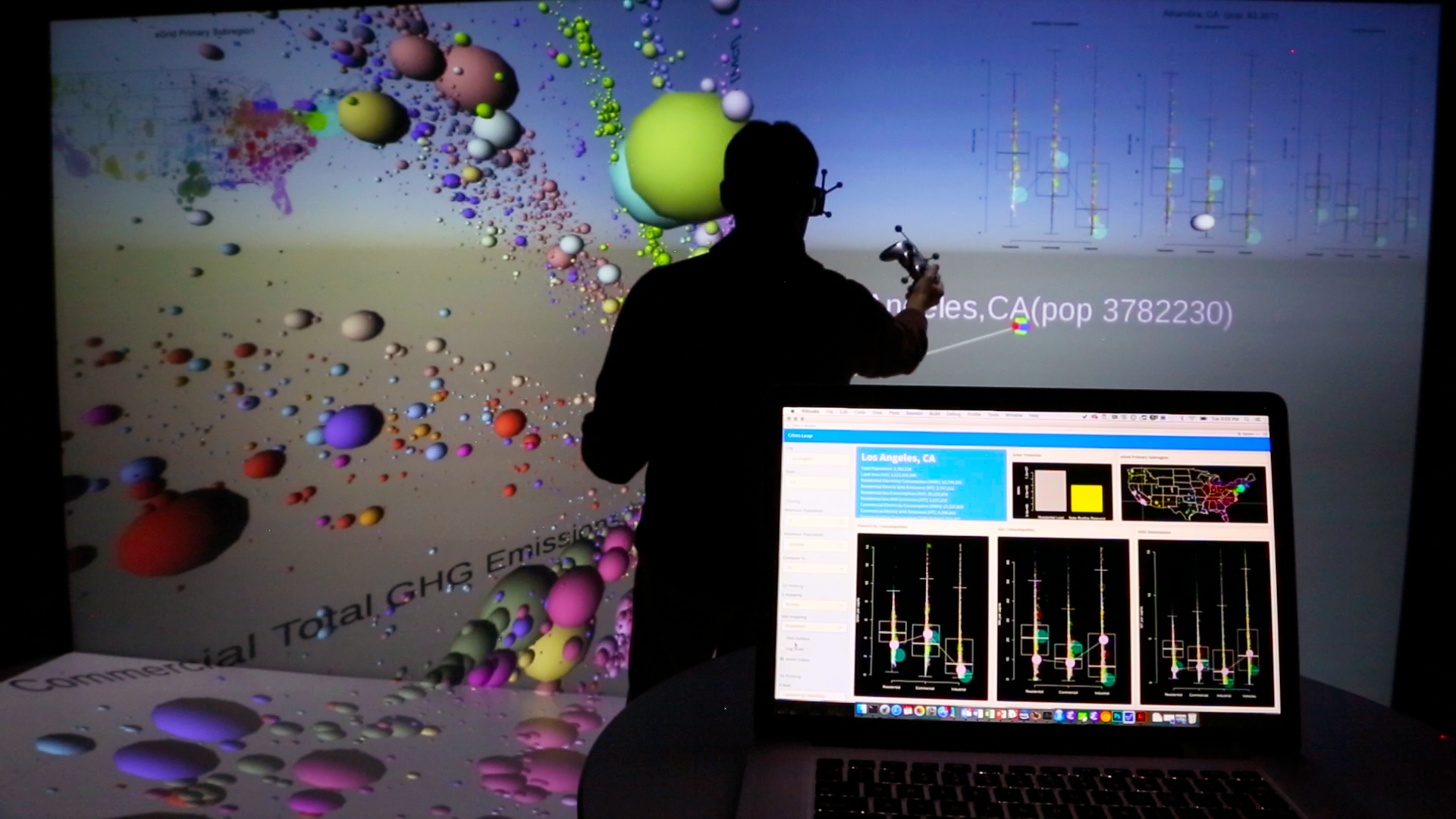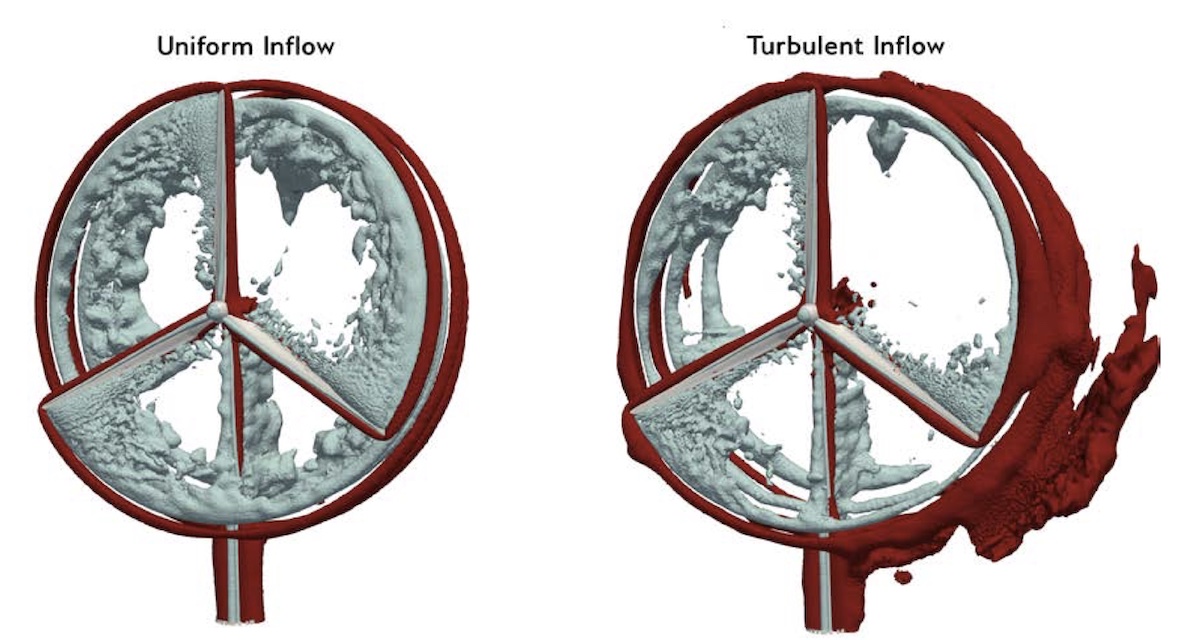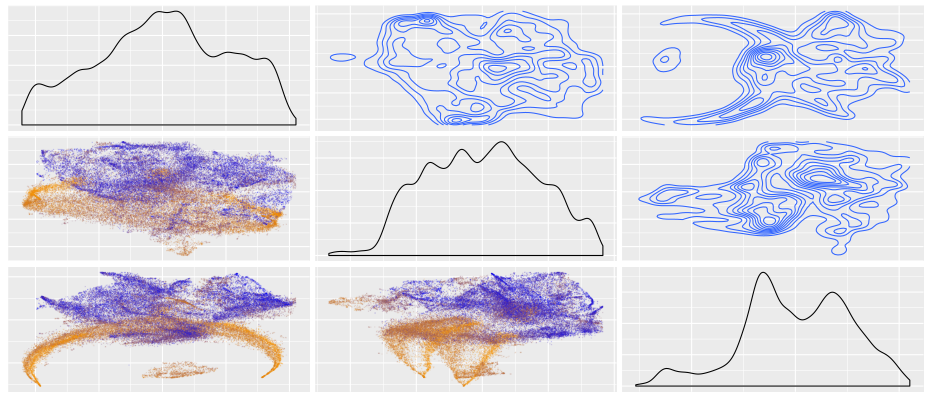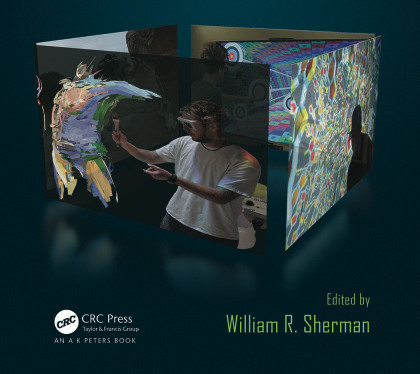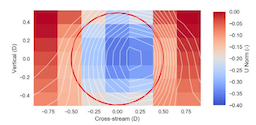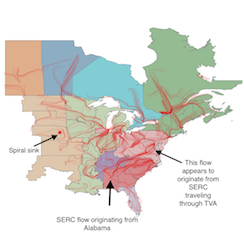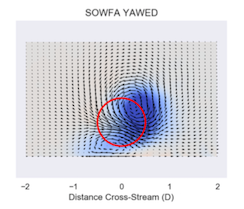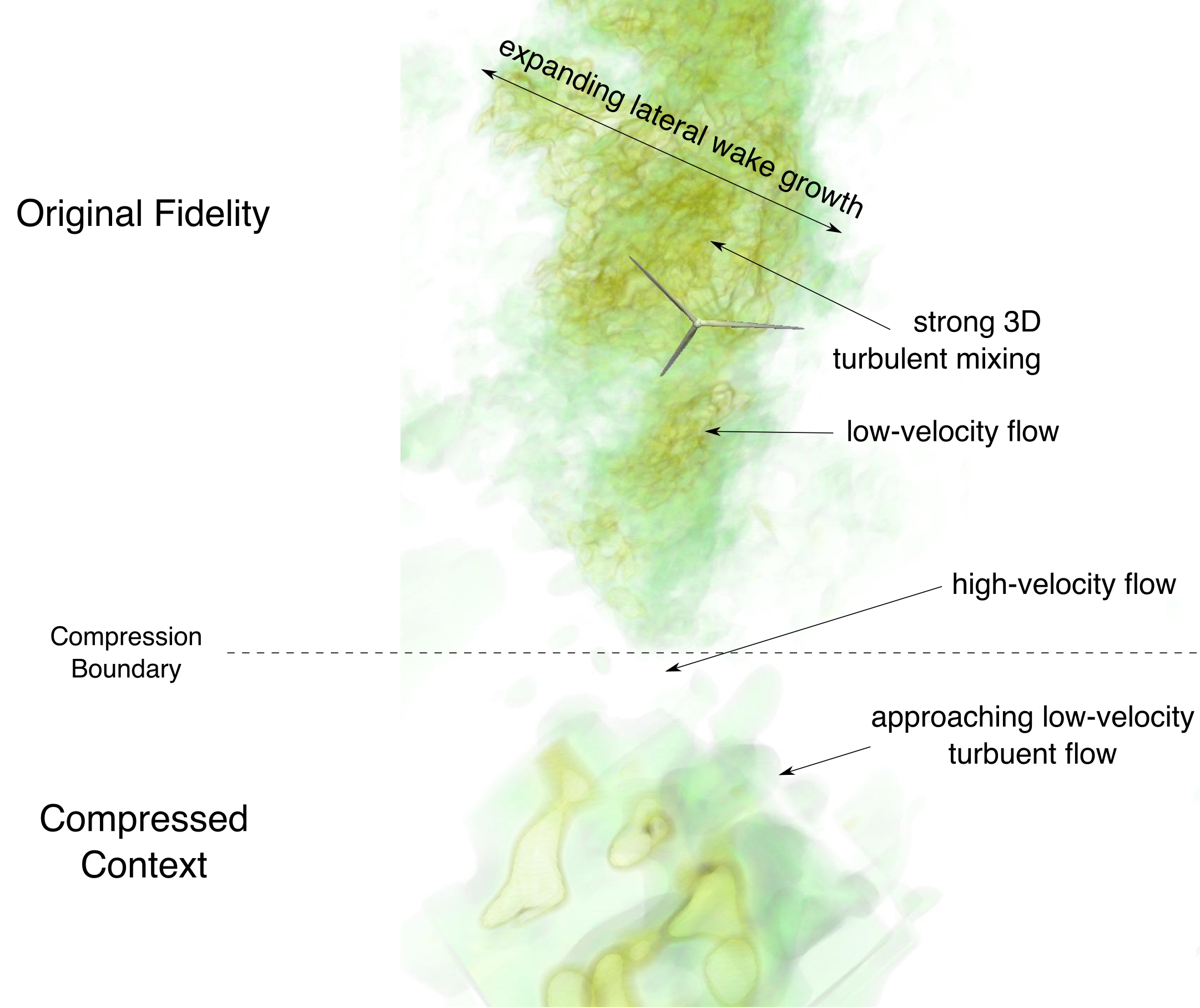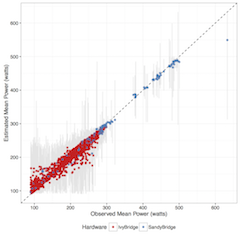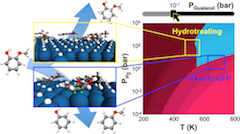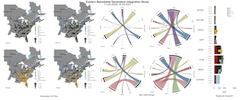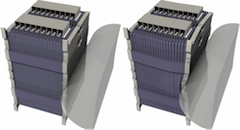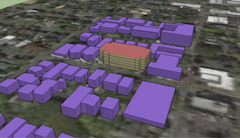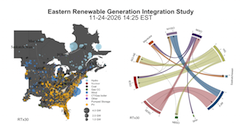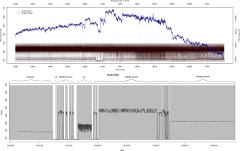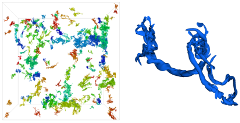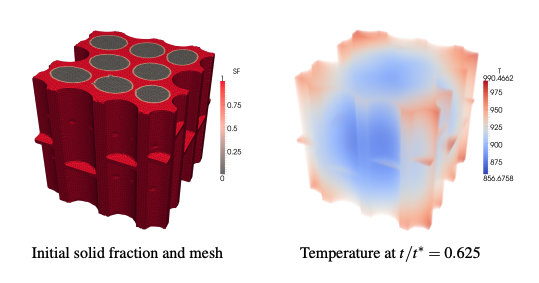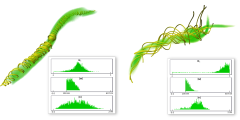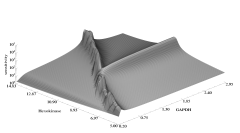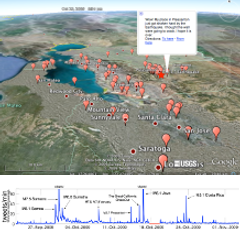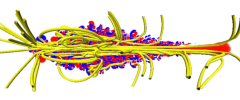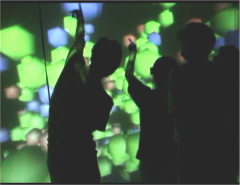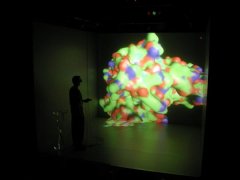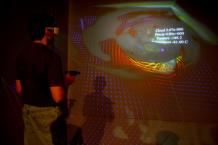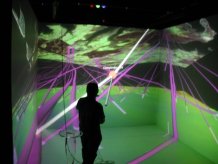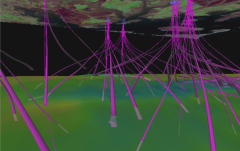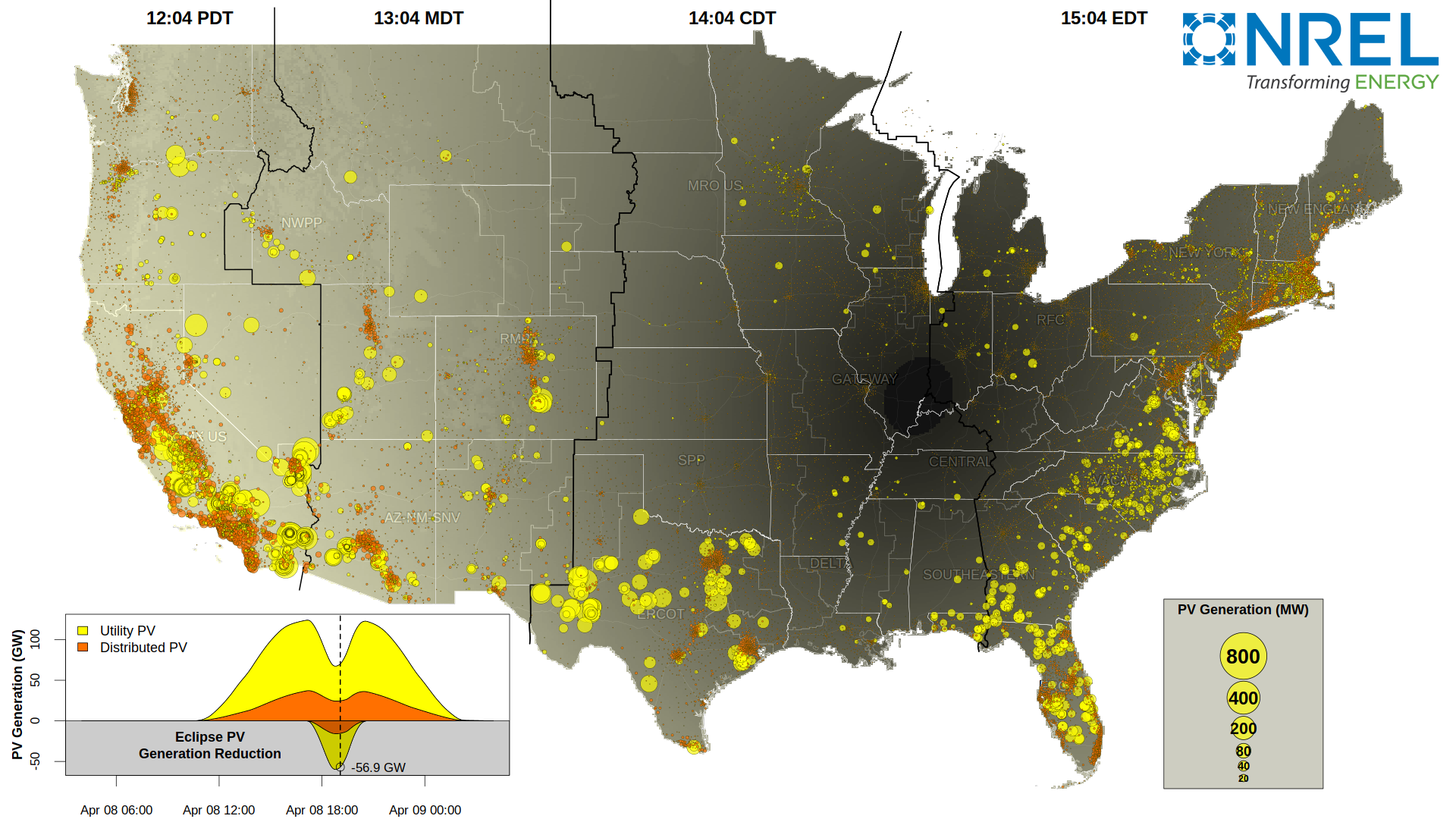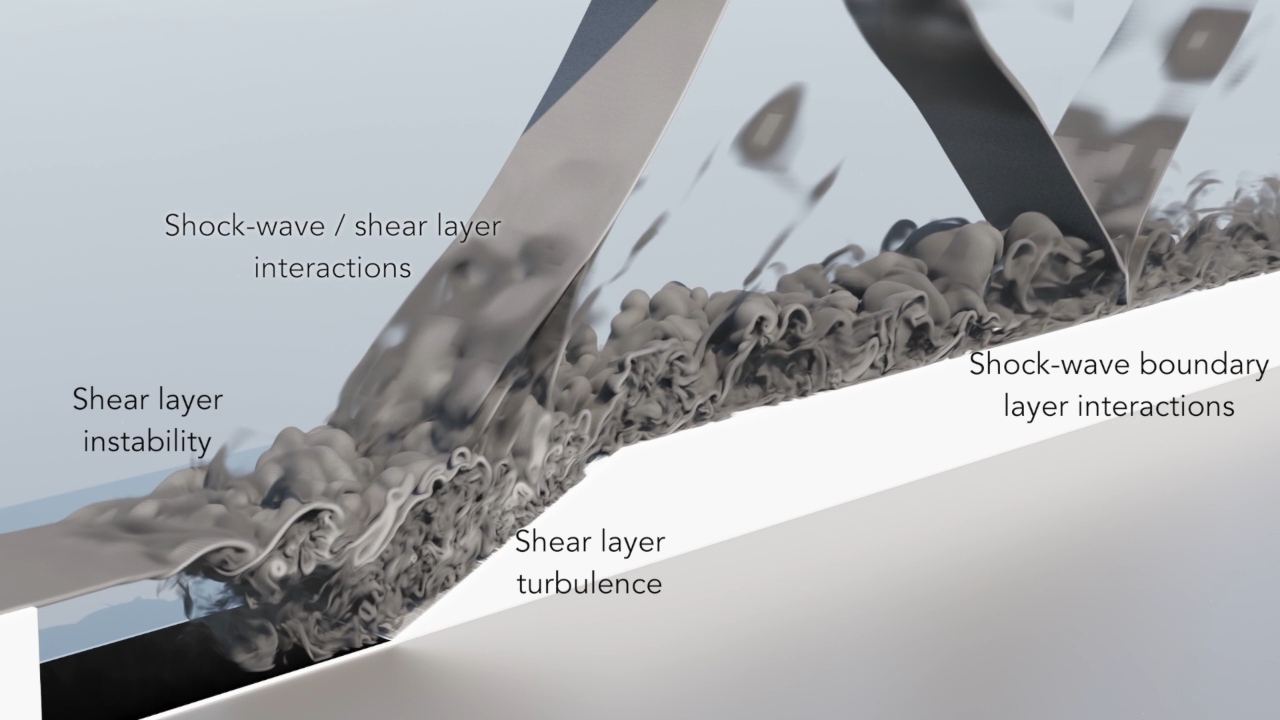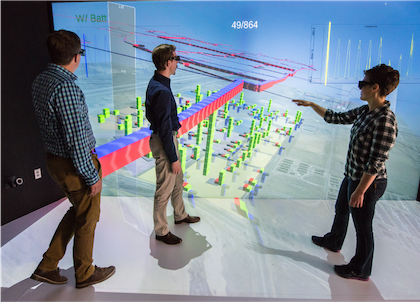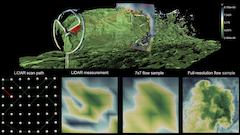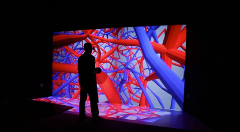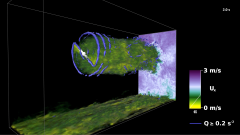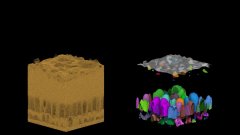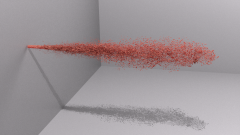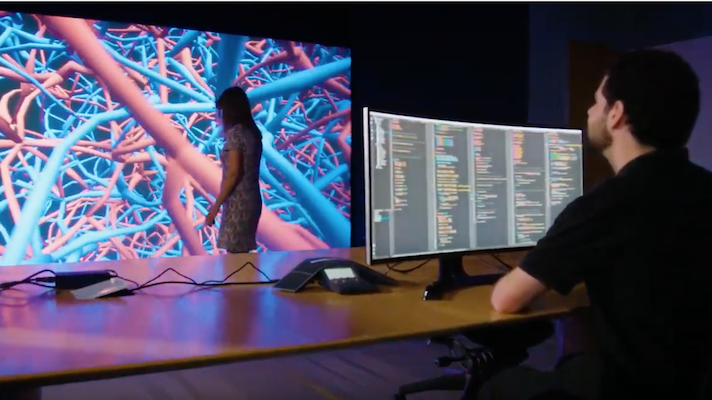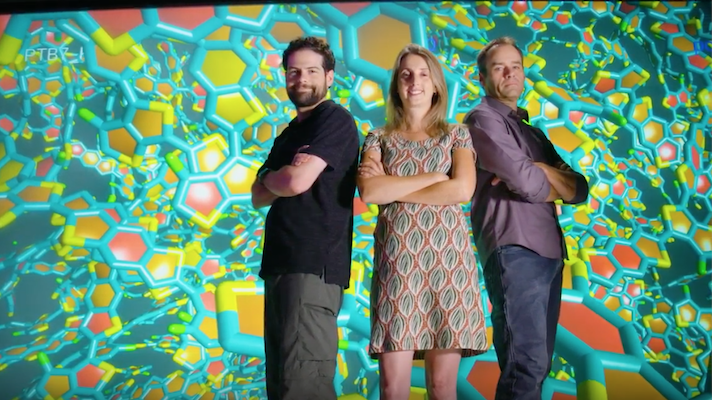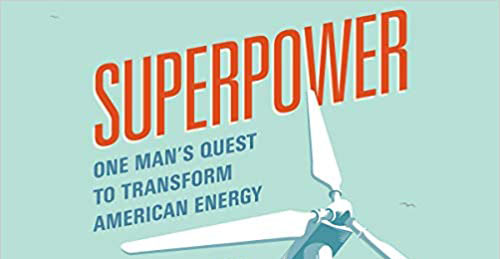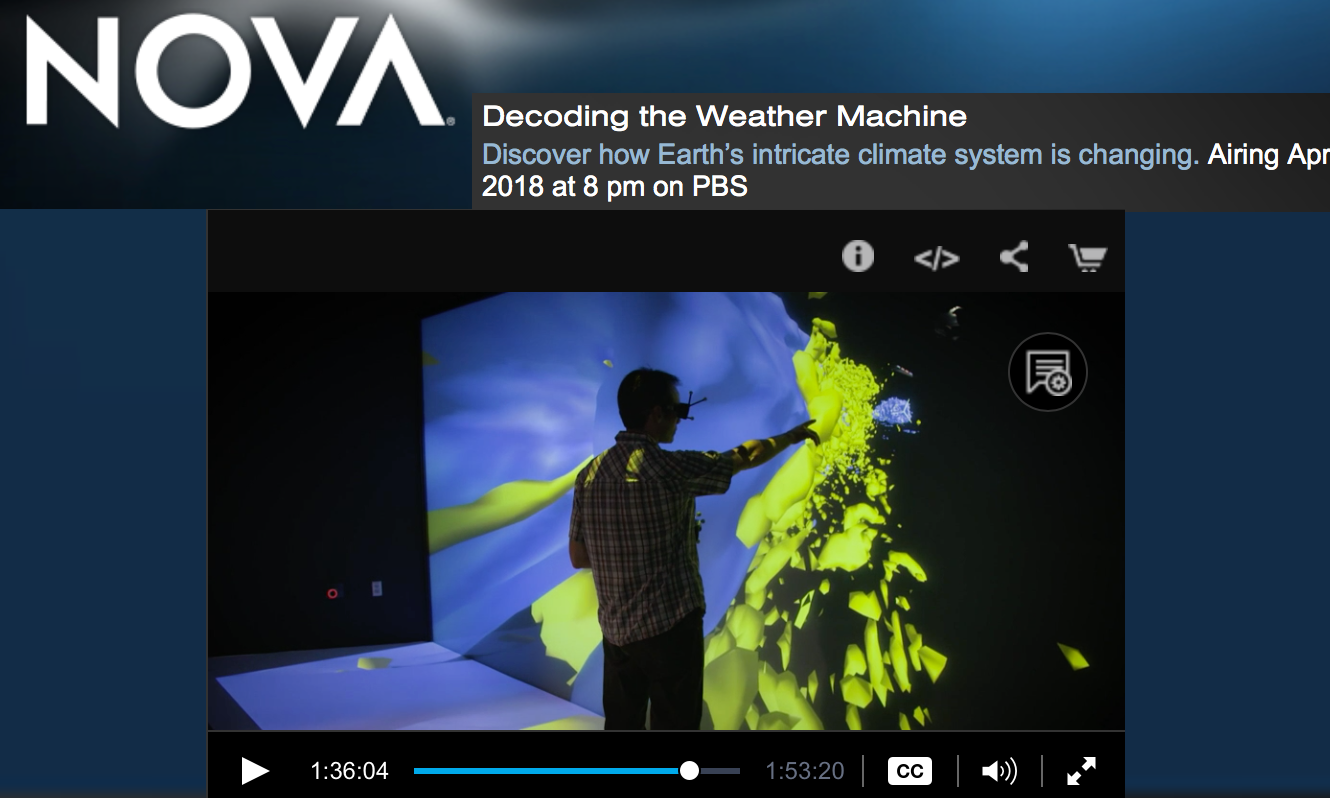As the power sector transitions, it presents substantial operational and external challenges to grid operators. Inverter-based resources—such as solar, wind, and batteries—introduce new operational challenges because they behave differently from synchronous generators and push the limits of managing increasingly complex networks. Externally, operators must also navigate the grid management challenges of the impacts of increasingly frequent extreme weather events and cyber-attack by hostile nations or other malevolent actors. Grid operators are at the forefront of this shift. These challenges test the ability of grid operators to make real-time decisions safely, efficiently, and reliably while meeting decarbonization goals and evolving customer needs. The critical question that emerges is: How can researchers assist operators’ decision making? One viable approach to assist operators is the broader implementation of artificial intelligence (AI). LLMs, a type of GenAI, are computational tools that excel at language processing and general-purpose tasks. LLMs, such as OpenAI’s GPT-4 or Meta’s Llama 3 (Large Language Model Meta AI), represent a remarkable breakthrough in AI by helping with increasingly complex tasks.
This report describes the first research effort to apply GenAI in the power grid control room. It outlines the synergy between human decision making and eGridGPT, where eGridGPT supports operators by analyzing procedures, suggesting actions, simulating scenarios with physics-based digital twins, and recommending optimal decisions. The system operators can then make decisions on how to adjust the grid or not based on the suggestions. A human system operator is placed in the final decision loop because eGridGPT is not legally accountable or able to automatically implement suggestions. Figure 1 shows an imagined control room of the future with an AI-based assistant to help make suggestions on system operations. The report also presents the results of a preliminary case study showing the ability of eGridGPT to handle an equipment model mapping task between real-time operations and offline planning.

